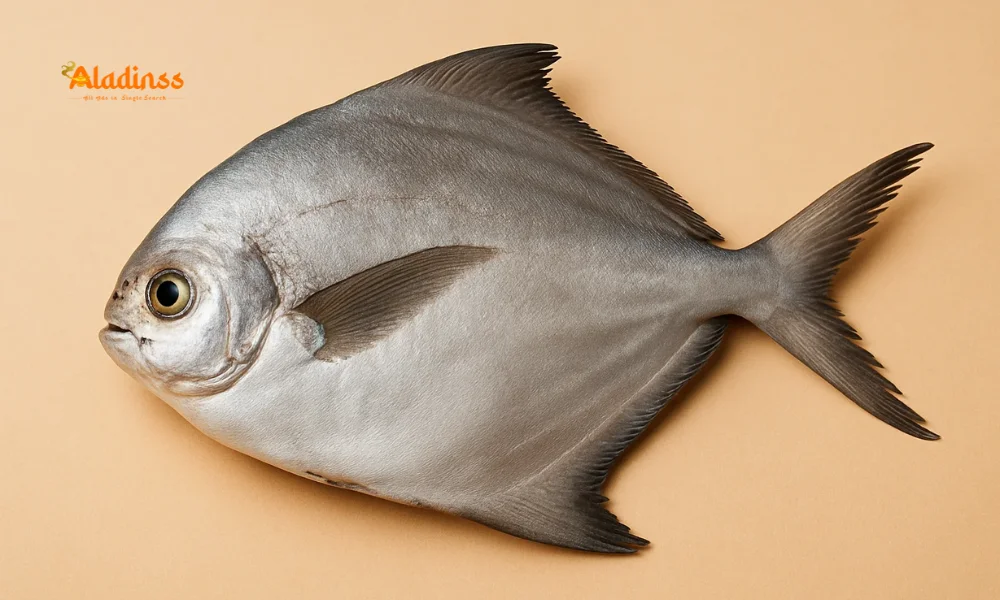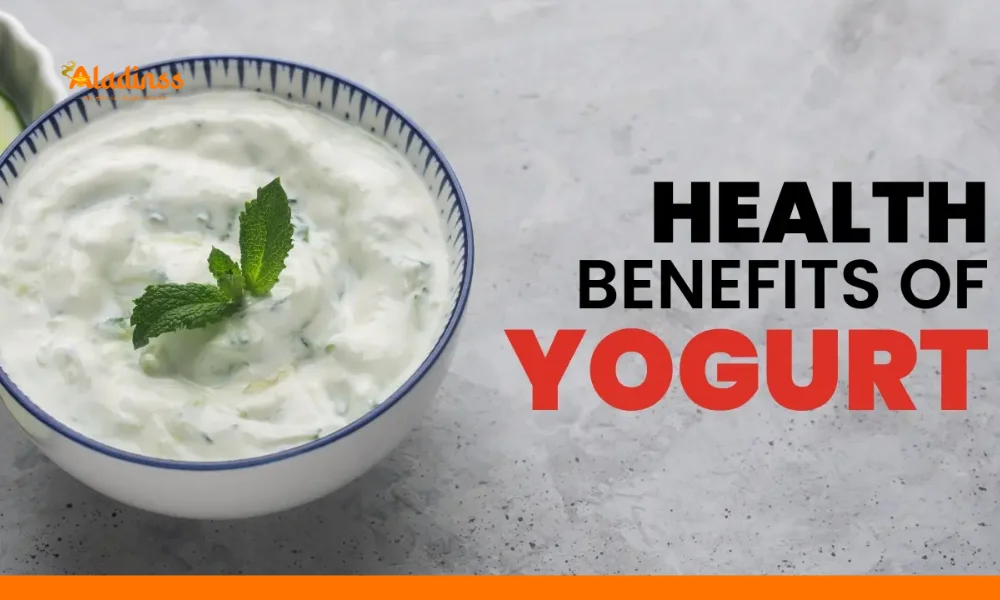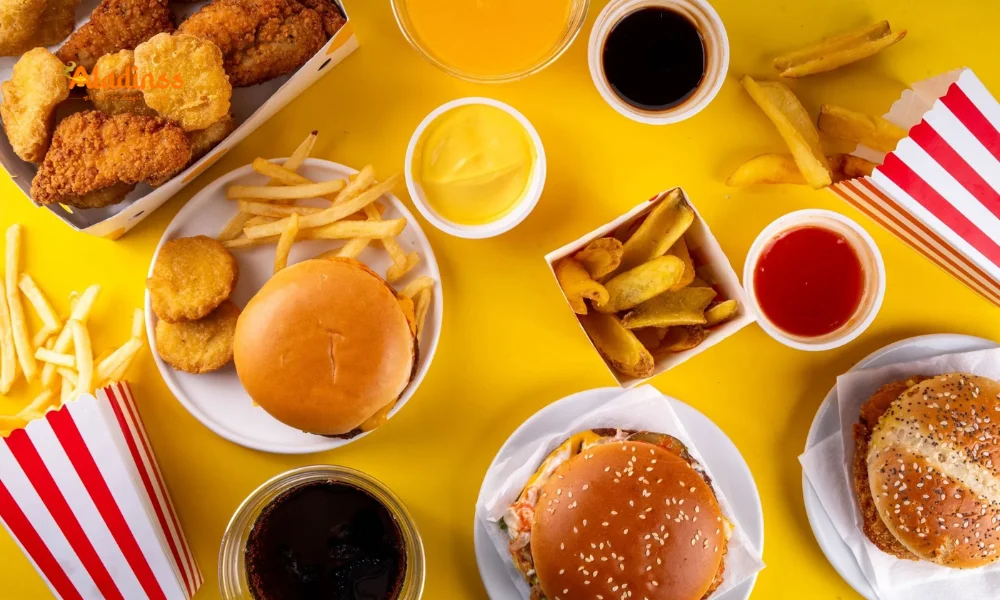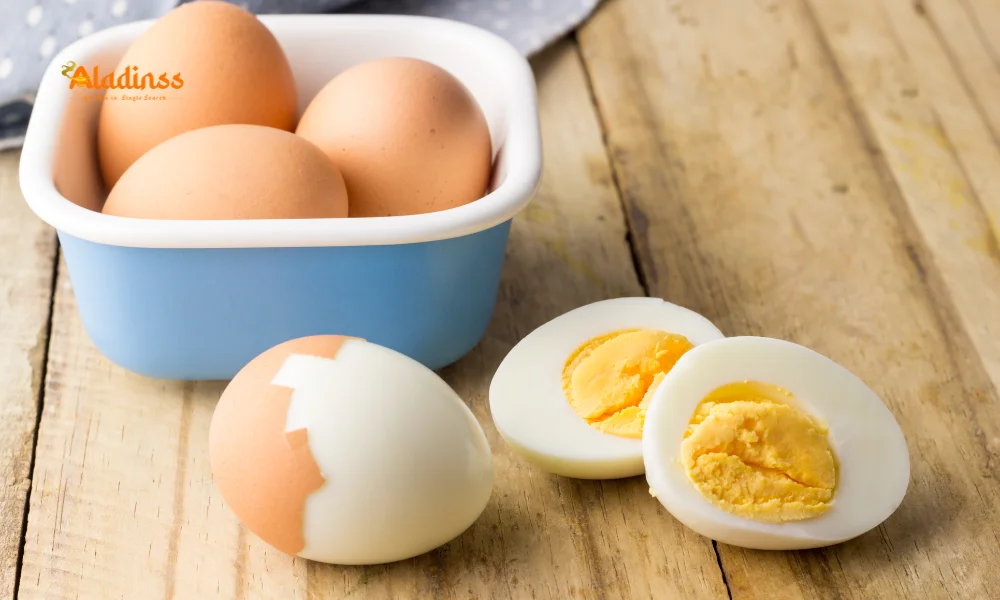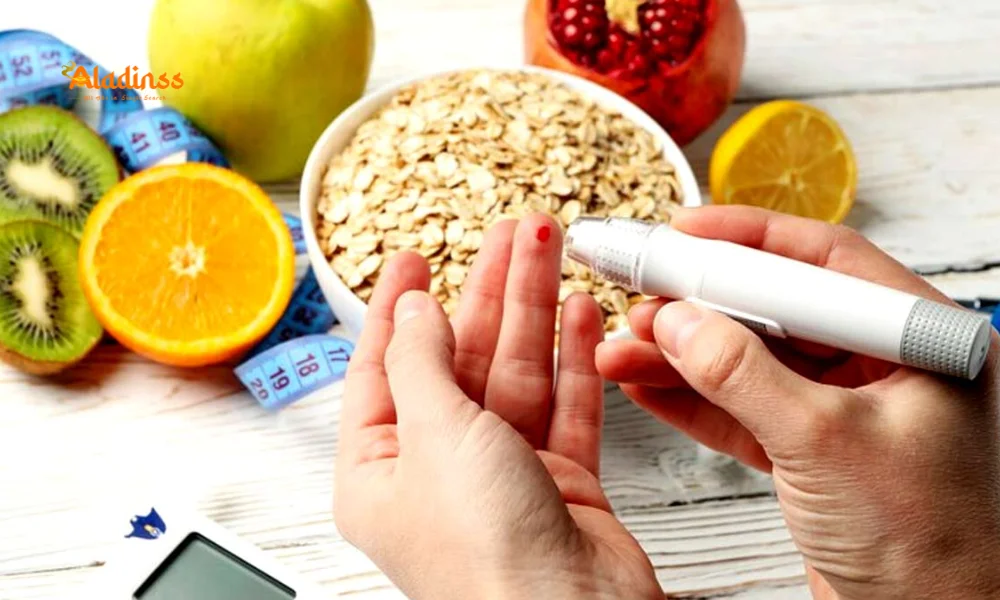Sugar-Free Drinks Risk Liver Health
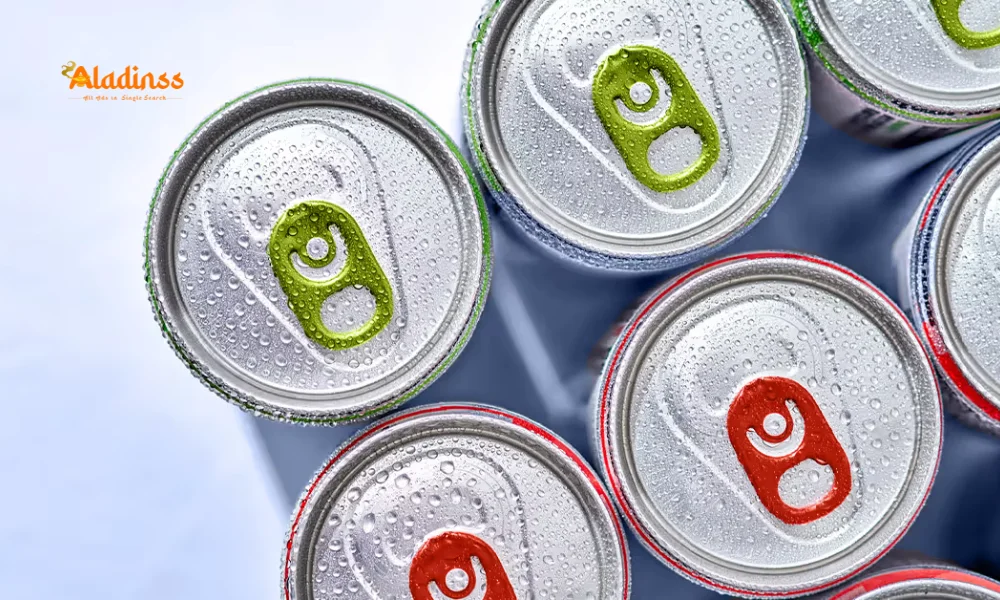
Sugar-Free Drinks Liver Health: New Study Reveals Hidden Risks of Artificial Sweeteners
A growing body of research is challenging the long-held assumption that sugar-free drinks are a guilt-free alternative for health-conscious consumers, particularly when it comes to sugar-free drinks liver health. A compelling new study highlights how both sugar-sweetened beverages (SSBs) and low- or no-sugar options (LNSSBs) can elevate the risk of metabolic syndrome-associated steatotic liver disease (MASLD), a condition increasingly linked to modern diets. With over 30% of the global population affected by some form of liver fat accumulation, this MASLD study findings serve as a wake-up call, urging a reevaluation of beverage choices amid rising non-alcoholic fatty liver disease (NAFLD) rates.
The investigation, drawing from extensive UK Biobank data, underscores that daily consumption of LNSSBs—often marketed as "diet" or "zero-calorie"—may not only fail to protect the liver but could heighten mortality risks from liver-related issues. As artificial sweeteners like aspartame and sucralose flood supermarket shelves, experts warn that the "no sugar, no harm" mantra overlooks subtle metabolic disruptions. This sugar-free drinks safety concern extends beyond weight management, touching on gut health, insulin responses, and long-term organ strain, prompting calls for more nuanced dietary guidelines.
In an era where convenience trumps caution, this research reignites debates on beverage industry transparency, emphasizing water and unsweetened teas as true liver-friendly allies. For those navigating diabetes or obesity, the implications are profound, blending science with everyday choices to safeguard one of the body's most vital filters.
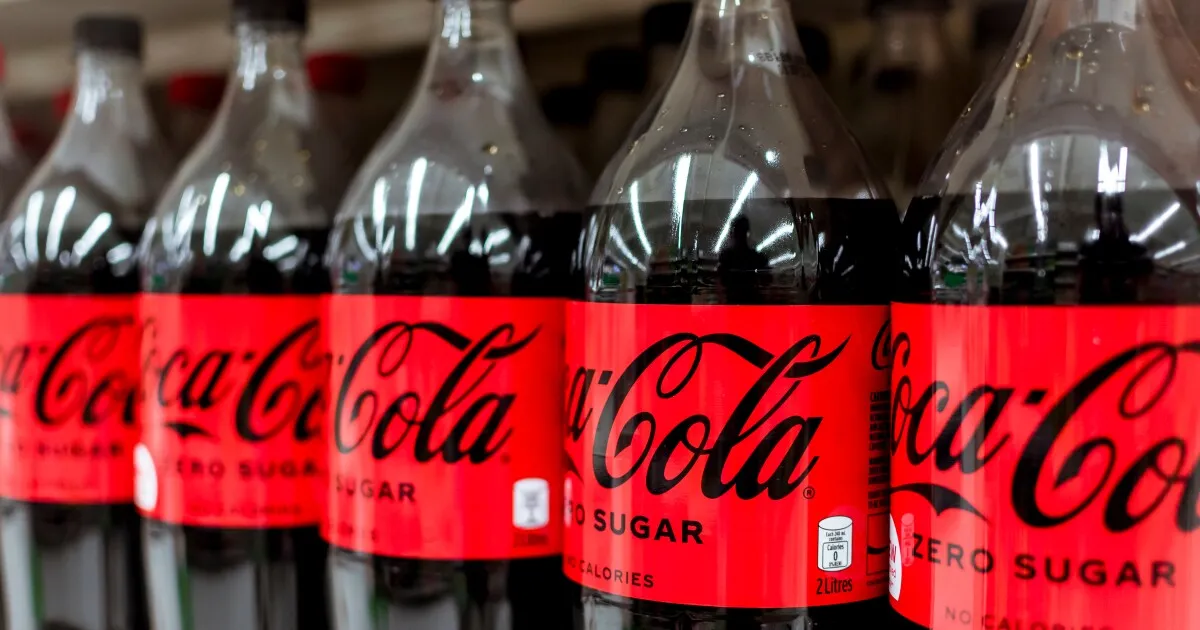
Unpacking MASLD: The Silent Liver Threat on the Rise
Metabolic syndrome-associated steatotic liver disease (MASLD), formerly known as non-alcoholic fatty liver disease (NAFLD), represents a spectrum of conditions where excess fat infiltrates liver cells, often without overt symptoms until advanced stages. This MASLD liver disease progression can lead to inflammation (steatohepatitis), scarring (fibrosis), and ultimately cirrhosis or liver cancer, making it the foremost cause of liver transplants worldwide. Affecting over a billion people globally, MASLD's stealthy onset—fueled by sedentary lifestyles, processed foods, and yes, seemingly innocuous drinks—demands proactive awareness.
Symptoms, when they emerge, include persistent fatigue, abdominal discomfort, and unexplained weight fluctuations, but many remain asymptomatic for years. Risk factors span obesity, type 2 diabetes, and dyslipidemia, with dietary culprits like high-fructose corn syrup in SSBs accelerating fat buildup via rapid insulin spikes. Intriguingly, LNSSBs disrupt this narrative, as their non-nutritive sweeteners may alter gut microbiota, mimicking caloric effects on hepatic lipid metabolism despite zero calories.
The MASLD risk factors beverage link is particularly alarming in younger demographics, where soda consumption correlates with a 50% higher incidence by age 30. Public health campaigns, from WHO's sugar tax advocacies to national NAFLD screening drives, stress moderation, but this study amplifies the urgency for holistic audits of "healthy" labels on shelves.
Also Read: Health Benefits of Walking: 30-Min Daily Fix
Key Findings from the Landmark UK Biobank Study
Leveraging the UK's expansive Biobank repository, researchers analyzed beverage habits of 123,788 liver-healthy adults through detailed 24-hour recalls, tracking outcomes over a decade. The cohort, diverse in age and socioeconomic strata, revealed stark associations: daily LNSSB intake exceeding 250g (roughly one large bottle) correlated with a 60% spike in MASLD risk, outpacing SSBs' 50% elevation. Over 10.3 years, 1,178 participants progressed to steatohepatitis, with 108 succumbing to liver complications—108 liver deaths beverage link notably tied to LNSSBs.
Dose-response curves showed thresholds: even moderate LNSSB consumption (100-250g) raised odds by 30%, challenging sporadic indulgence. Confounders like BMI and exercise were adjusted, isolating beverage effects. The study's rigor, published in a peer-reviewed journal, calls for longitudinal monitoring, as early MASLD markers like elevated ALT enzymes appeared within months of high intake.
Geographically, urban participants exhibited higher risks, linking to processed drink ubiquity. This MASLD study beverage consumption data not only validates prior rodent models on sweetener-induced dysbiosis but humanizes the threat, urging label reforms for aspartame-heavy "zeros."
Study Methodology and Participant Demographics
Employing Cox proportional hazards models, the analysis parsed intake quartiles against MASLD endpoints via ICD codes and imaging.
- Baseline: 55% female, mean age 56, excluding pre-existing liver issues.
- Follow-up: MRI-proton density fat fraction for subclinical detection.
- Controls: Mediterranean diet adherents showed 40% lower risks.
Such granularity bolsters generalizability, though Western biases suggest Asia-specific validations.
Expert Insights: Challenging the Sugar-Free Halo
Lead investigator Lihe Liu, a hepatologist at a leading UK institute, asserts, "While SSBs' harms are well-documented, LNSSBs' facade of health masks insidious effects—one daily serving heightens MASLD vulnerability." This sugar-free drinks liver damage revelation dismantles marketing myths, as Liu notes microbiome shifts from sucralose mimic fructose's hepatic load, sans calories.
Endocrinologists echo: artificial sweeteners trigger cephalic insulin responses, fostering cravings and metabolic inertia. Nutritionists advocate portion audits, as "diet" labels lure overconsumption. Globally, EFSA's sweetener reviews align, capping aspartame at 40mg/kg bodyweight, yet average intakes hover near limits in soda-heavy diets.
For at-risk groups—diabetics, PCOS patients—the verdict is clear: swap for infused waters or herbal infusions to sidestep LNSSB pitfalls, preserving liver vitality amid epidemic tides.
Mechanisms: How Beverages Sabotage Liver Function
SSBs wreak havoc through fructose overload, taxing de novo lipogenesis in hepatocytes, spiking triglycerides by 20% post-consumption. This cascade—insulin resistance to visceral fat—propels MASLD, with uric acid byproducts exacerbating oxidative stress.
LNSSBs, conversely, perturb via non-caloric cues: saccharin alters Firmicutes/Bacteroidetes ratios, leaking endotoxins that inflame livers. Cyclamates stimulate GLP-1 oddly, blunting satiety and promoting overeating. Both converge on ER stress, where unfolded proteins trigger apoptosis in stellate cells, fibrosing tissue.
Emerging epigenetics link acesulfame-K to PPAR-gamma dysregulation, silencing fat oxidation genes. These artificial sweeteners liver effects, though subtler, compound over years, mirroring SSBs' trajectory in longitudinal cohorts.
Comparative Risks: SSB vs LNSSB Pathways
Pathways diverge yet intersect: SSBs via caloric excess, LNSSBs through hormetic disruption.
- SSB: Fructose to VLDL export overload.
- LNSSB: Sweet taste receptor activation sans energy.
- Shared: Leaky gut to portal hypertension.
Therapeutics like pioglitazone target both, but prevention reigns.
Practical Solutions: Hydration Hacks for Liver Protection
Water emerges as the unequivocal hero, slashing MASLD odds by 12.8% for SSBs and 15.2% for LNSSBs per serving swapped. Infuse with cucumber or mint for flavor, targeting 3 liters daily to flush metabolites and dilute toxins.
Dietary pivots include fiber-rich oats to bind fructose, omega-3s from flax to quell inflammation. Exercise—30 minutes brisk walks—mobilizes hepatic fats, while intermittent fasting resets insulin sensitivity. For LNSSB addicts, gradual tapers with herbal teas mitigate withdrawal headaches.
Policy-wise, front-of-pack warnings and subsidy shifts to unsweetened options could curb epidemics. Personal audits via apps tracking intake empower choices, turning knowledge into action for enduring liver health.
Global Context: Rethinking Beverage Habits in a Sugary World
MASLD's global footprint, from Mexico's soda taxes to Japan's green tea cultures, illustrates varied responses. In the US, 40% prevalence ties to 45 gallons annual soda per capita; Europe's aspartame bans signal caution. India's 25% NAFLD rate, amid chai's sugar surge, mirrors this, with urban millennials prime targets.
Beverage giants face scrutiny, with lawsuits over "natural zero" claims. Innovations like stevia-sweetened waters offer bridges, but moderation remains key. This study catalyzes a paradigm shift: hydration as habit, not afterthought, for a healthier hepatic horizon.
As research evolves, the message resonates: true wellness quenches from within, one sip at a time.
Comment / Reply From
No comments yet. Be the first to comment!
